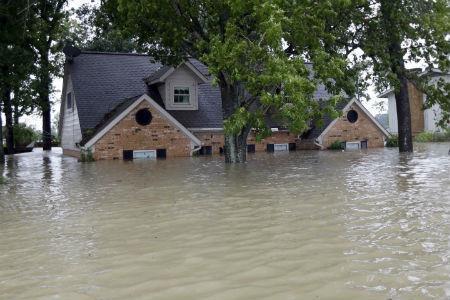Aon’s work with Columbia University has come up with an estimate for the cost of climate change to the reinsurance industry’s peak peril.

US hurricane losses will increase by at least 10% over the next 20 years as a result of changes in climatic activity, according to a report from Aon.
The estimate, using evolving climate research, is the result of the re/insurance broker’s collaboration with Columbia University.
It does not account for increases in exposures as a result of non-climatic factors such as new development and inflationary momentum.
Aon noted its findings were based on evolving climate research and could be subject to revision as new insights are obtained.
Aon emphasised its 14 academic partnerships aim to progress climate science, develop catastrophe models, and help organisations meet Environmental, Social and Governance (ESG) targets.
Liz Henderson, leader of Aon’s climate risk advisory team, said: “Through collaborations with academic institutions, Aon is enhancing its understanding of climate science and using this knowledge to help our clients and the wider industry navigate climate change, become more resilient, seize new opportunities and make better risk decisions.
“Furthermore, we are assisting clients to meet their ESG mandates through the development of effective and informed internal and external stakeholder communications strategies, including robust responses to regulatory disclosure requirements,” she added.
Impact Forecasting, Aon’s cat modelling unit, plans to rebuild its cat modelling suite to incorporate climate considerations, rather than making frequency adjustments to existing loss scenarios, the broker revealed.
“These models will enable forward-looking hazard data for different climate scenarios and inform climate advisory frameworks to help insurers make better business decisions. These tools are being expanded to better manage physical risk for financial institutions, governments and energy sectors,” Aon said.
Aon said it was building further peril-specific academic insights into models.
For US hurricane models, the focus is on uncertainty in frequency of tropical cyclones.
Aon said: “Columbia University has explored different ways to quantify moisture in the air and this has a notable impact on how the frequency of hurricanes could change in the future. Columbia has also run several Shared Socioeconomic Pathways scenarios with different climate policy assumptions to assess the impact of varying levels of future greenhouse gases and aerosols. The team found that higher aerosol emissions led to fewer tropical cyclones. Such data will be incorporated into Aon’s tropical cyclone models to better assess future financial losses.”
For US wildfire, Aon is focused on increased risk due to hotter climate and human-triggered events.
“Recent historic US drought conditions are consistent with the output of climate models, which project a hotter, drier western hemisphere due to increased greenhouse gases. Peripheral development in at-risk areas coupled with these drier conditions is expected to significantly increase fire risk in many areas. Aon’s continuing collaboration with the University of California, Merced and University of California, Los Angeles examine how these anticipated climatic changes will affect the burned area and associated insured loss in wildfire events,” the broker said.
For European flood and windstorm models, extreme hydrological events also strongly depend on catchment size and physical features of the terrain, Aon emphasised.
Aon said: “Atmospheric circulation patterns play a key role in driving extreme weather events, such as flood and windstorms, but Aon’s collaboration with the Karlsruhe Institute of Technology found that extreme hydrological events also strongly depend on catchment size and physical features of the terrain. For example, heavy rainfall in highly permeable areas can cause insignificant flooding, while the same rainfall in areas with narrow valleys can cause a catastrophe — as confirmed by the devastating Bernd flood in Germany in July 2021. Such terrain effects are now being incorporated into Impact Forecasting catastrophe models to help insurers better forecast potential losses.”










No comments yet